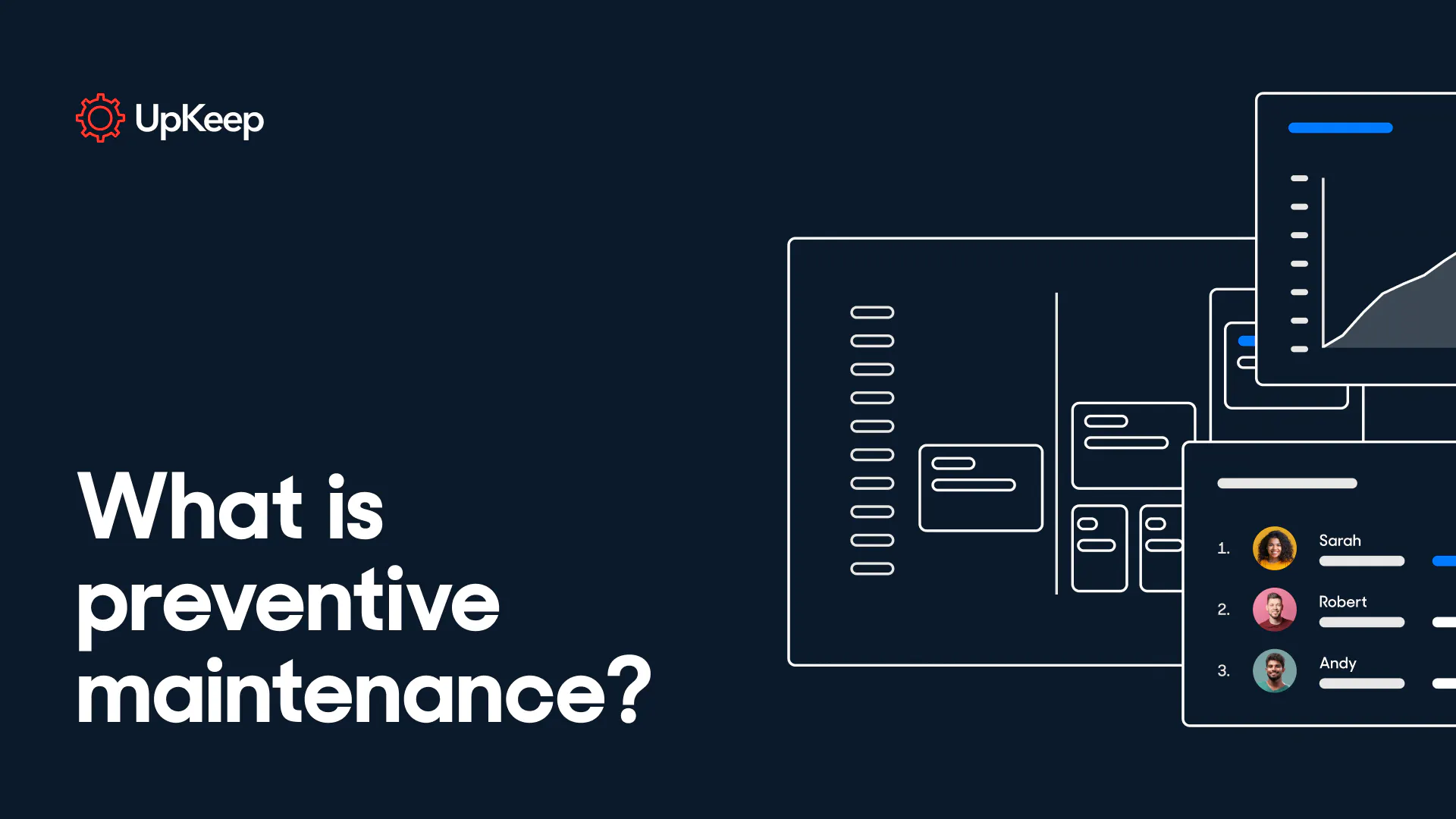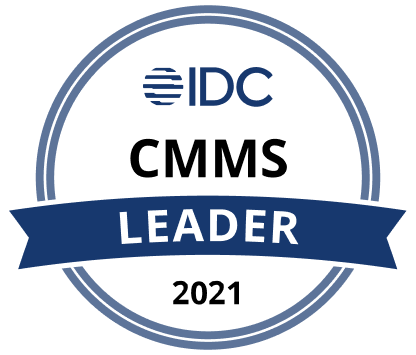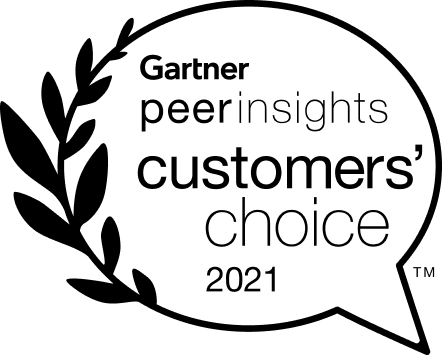Preventive Maintenance: What It Is and Why It’s Important
Your equipment is the backbone of your business, and it can be challenging to keep it working at all times.
Fortunately, a preventive maintenance process can help you maintain your assets efficiently.
In this guide, you'll discover all you need to know about preventive maintenance to prevent downtime, reduce costs, improve safety, and extend asset lifetime.

What Is Preventive Maintenance?
Preventive maintenance (PM), also known as preventative maintenance, is the proactive maintenance of assets through regular cleaning, lubrication, inspection, and parts replacements. PM can reduce equipment downtime and keep surprise repairs at bay. Maintenance teams must perform PM promptly and document processes thoroughly to run a successful program.
Types of Preventive Maintenance
Preventive maintenance plays a vital role in manufacturing and other industries to keep equipment running efficiently, minimize downtime, and extend the lifespan of assets. By performing regular inspections and maintenance tasks, organizations can avoid costly repairs, improve safety, and increase overall productivity.
While the basic concept of preventive maintenance is simple—regularly scheduled upkeep—the methods and types of preventive maintenance can vary greatly depending on the industry, asset, and operational goals. It’s common that a single business may employ several different types of preventive maintenance; a critical asset worth millions of dollars will be more likely to require predictive maintenance than those more minor machines that can simply be fixed when they break.
Here are the top seven types of preventive maintenance and how they contribute to effective asset management.
1. Periodic Maintenance
Periodic maintenance is one of the simplest and most common types of preventive maintenance that’s based on a set schedule. It involves completing maintenance tasks at regular intervals, whether that be weekly, monthly, quarterly, or annually, regardless of the condition of the asset.
Periodic, or time-based, maintenance is very simple to implement and manage and will ensure that equipment is maintained consistently. However, it can also lead to unnecessary maintenance, increasing costs and downtime. Strictly periodic maintenance may not address actual equipment wear and tear, potentially overlooking early signs of failure.
For example, an HVAC system may be scheduled to be inspected and cleaned every three months to ensure it runs efficiently, but if it has been operating without issues, those resources may have been better used elsewhere in your organization.
2. Usage-Based Maintenance
Usage-based maintenance is scheduled based on how much an asset is used, rather than on a fixed time schedule. This method is particularly useful for equipment that sees variable usage and wear. Usage-based maintenance aligns more closely with actual wear and tear of an asset and reduces unnecessary maintenance for infrequently used equipment. However, this type of maintenance requires accurate tracking of equipment usage, which may require sophisticated monitoring systems and a higher upfront cost.
A primary asset will, for instance, see much more usage than one used for peak periods or as a backup machine. The former should be inspected and maintained more frequently than the latter based on run time.
3. Condition-Based Maintenance
Condition-based maintenance takes usage-based maintenance to a higher level by monitoring the real-time condition of assets through sensors, inspections, and performance data to determine when maintenance is required. Maintenance is only performed when the equipment shows signs of deteriorating performance or potential failure.
This type of maintenance is highly efficient, as maintenance is done only when necessary yet can effectively reduce downtime and extend asset life. It facilitates early detection of issues before failure occurs. At the same time, condition-based maintenance requires investing in monitoring technologies and can be complex to manage, especially for organizations with limited IT resources.
An example of condition-based maintenance is placing vibration sensors on an industrial pump to detect abnormal vibrations, which then triggers a maintenance alert before the pump breaks down.
4. Predictive Maintenance
Predictive maintenance is an advanced type of preventive maintenance that uses data analytics and machine learning to predict when equipment is likely to fail. This method relies on historical data and trends to forecast maintenance needs.
Ideally, predictive maintenance reduces unplanned downtime by anticipating failures and optimizes maintenance schedules, balancing the need for maintenance with minimizing operational disruption. This type of maintenance can extend the lifespan of equipment by preventing breakdowns at just the right time.
Often, predictive maintenance is reserved for critical assets as it may require high upfront costs for technology and data analytics infrastructure and skilled IT staff to analyze and interpret data. One example is that predictive analytics software can identify a pattern in temperature fluctuations in a production machine, indicating that a component is wearing down and needs replacement within the next two weeks.
5. Prescriptive Maintenance
Prescriptive maintenance is an evolution of predictive maintenance that not only predicts when failures will occur but also suggests the most effective course of action to prevent them. This method leverages artificial intelligence (AI) to recommend specific maintenance tasks, parts, or even operational changes that could mitigate or prevent equipment failure.
This type of maintenance:
Offers tailored solutions for maintenance actions
Provides optimization strategies
Improves overall equipment efficiency; and
Minimizes downtime and operational costs
However, prescriptive maintenance can require a significant technological infrastructure, and, as an emerging technology, may have limited applications.
One example may be a manufacturer implementing an AI-driven maintenance system to monitor its conveyor belts. The system may recommend adjusting the operating speed of the belt to reduce wear and a bearing replacement in 30 days based on data patterns.
6. Risk-Based Maintenance
Risk-based maintenance involves prioritizing maintenance tasks based on the risk of failure and the consequences of that failure. High-risk assets or systems are maintained more frequently than low-risk ones, ensuring that critical systems receive the attention they need while less critical equipment receives maintenance only when necessary.
By prioritizing critical equipment, risk-based maintenance can improve safety and operational continuity while reducing unnecessary maintenance for low-risk systems. However, this may require a risk assessment and prioritization effort.
For instance, the risk of failure for high-voltage power plant transformers is assessed as critical, which leads to more frequent inspections and maintenance compared to low-risk auxiliary systems.
7. Deferred Maintenance
While not a true preventive maintenance strategy, deferred maintenance refers to postponing maintenance tasks due to budget constraints, resource limitations, or other reasons. It is the opposite of preventive maintenance and is usually only used as a short-term solution.
Although it can save money in the short run, it increases the risk of equipment failure, may lead to higher long-term repair and replacement costs, and can reduce equipment lifespan.
What Assets Require Preventive Maintenance?
To create a preventive maintenance plan, you first need to know which assets require it.
You can identify those pieces of equipment (and their detailed PM information) by reviewing each asset's original equipment manufacturer (OEM) manual. Gather those instructions and incorporate them into your maintenance program.
Beyond the OEM manual, a few additional factors can help you determine which assets require PM and why, how, and when to perform it:
Critical Equipment
These assets must receive PM, as their reliability drives your entire operation. Identify which equipment is vital and contact the manufacturer for the maintenance instructions if you don't already have them from the OEM.
Hazardous Applications
Assets with a perceived safety risk are also essential to care for with PM. Conduct routine checks and inspections to gather valuable information about the safety state of these assets.
Equipment With a Failure Mode
Pieces of equipment with failure modes are good candidates for PM because you can identify the paths a machine may take toward failure and build your program to minimize this risk.
Assets With Predictable Failure
Certain components have massive historical data that can quantify the likelihood of failure—such as the amount of usage. Scheduling servicing tasks at calculated milestones for these assets is a good use of PM resources.
Materials With Low Random Failure Risk
While some failures are predictable, other types of materials are more spontaneous in their failure patterns. High random failure risk assets might not be suitable for PM—especially if corrective maintenance is not particularly difficult or expensive. Focus PM efforts where you can reasonably expect to prevent an issue.
Why Is Preventive Maintenance Important?
Preventive maintenance is essential because it keeps all assets working safely and efficiently, protecting your employees and business. A good PM program helps you expedite the data collection, planning, and tasks involved in PM, ensuring your maintenance team can complete work orders quickly.
Whether you have one company location or one thousand, a PM program can help you:
Reduce costs of asset repairs and avoid expensive downtime.
Improve safety due to well-maintained equipment.
Extend asset lifetime and decrease the need for costly emergency replacements.
Increase productivity due to reduced downtime and guesswork.
Understanding the benefits of PM can help you determine how it would impact your facility regarding daily tasks and big-picture results.
Overcoming Preventive Maintenance Challenges
There’s no doubt about the benefits of preventive maintenance for your facility, but being aware of potential challenges can prepare you to meet them head-on. Consider these drawbacks:
Budget impacts: The initial investment, which includes resources, equipment, training, and software installation and setup, can be cost-prohibitive, especially for smaller businesses. UpKeep meets this challenge by offering various maintenance packages at different price points to meet the needs of every business no matter the size or budget.
Potential over-maintenance: It’s possible that equipment may be serviced more than is necessary, resulting in unnecessary downtime and extra costs. With UpKeep’s PM software, you can easily customize a maintenance schedule that fits the needs of your business, preventing over-maintenance.
Extra resources required: Regular preventive maintenance may require more personnel, time, and parts. For some, this may mean that they reserve preventive maintenance for the most essential assets.
Equipment downtime: Of course, the purpose of preventive maintenance is to reduce downtime, but scheduled maintenance will necessitate some temporary equipment pauses as well. With UpKeep’s PM solutions, businesses will be better equipped to identify root causes with our advanced analytics, reducing equipment failure that requires extra downtime.
Scheduling difficulties: With an ever-increasing list of assets, scheduling PM can be quite involved. An EAM system like UpKeep helps to manage this challenge, making scheduling more streamlined.
Avoid Costly Downtime With Preventive Maintenance From UpKeep
Leading a facility maintenance program comes with significant responsibilities. Expensive and complex issues like equipment downtime and workplace safety can be challenging, but support is available.
A preventive maintenance program can help your organization take control of these problems, resulting in reduced costs, extended asset lifetime, and increased uptime.
If you're ready to start mapping out or improving your preventive maintenance program, download The Ultimate Guide to Preventive Maintenance from UpKeep today.
The Ultimate Guide to Preventive Maintenance
Preventive Maintenance vs. Reliability-Centered Maintenance
4,000+ COMPANIES RELY ON ASSET OPERATIONS MANAGEMENT
Leading the Way to a Better Future for Maintenance and Reliability


